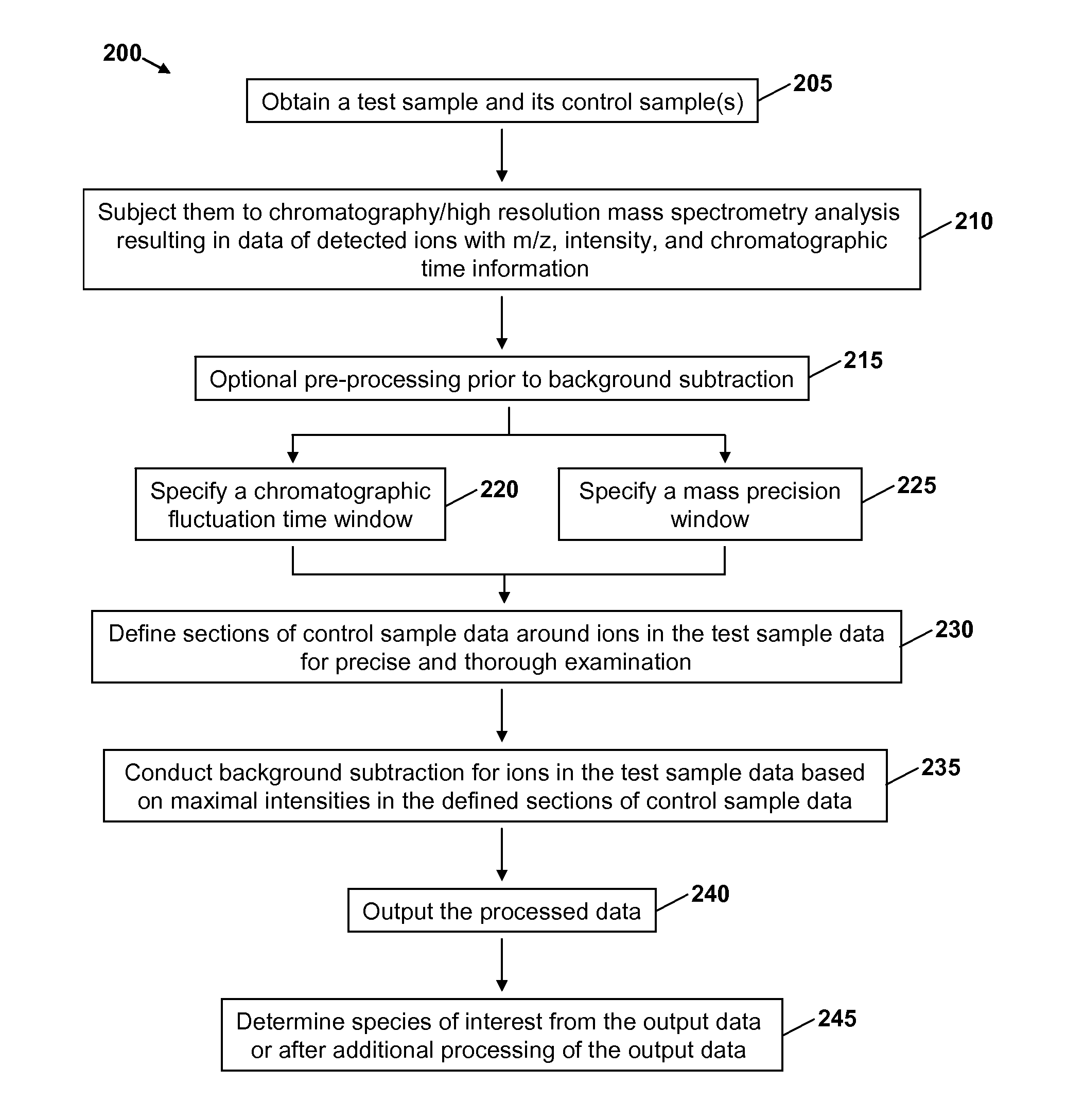Precise and thorough background subtraction
- Summary
- Abstract
- Description
- Claims
- Application Information
AI Technical Summary
Benefits of technology
Problems solved by technology
Method used
Image
Examples
Embodiment Construction
[0036]The following discussion describes certain embodiments of Applicants' invention as best understood presently by the inventors. It is, however, expressly noted that the present invention is not limited to these embodiments. It will be appreciated that numerous modifications of the invention are possible and that the invention may be embodied in other forms and practiced in other ways without departing from the spirit of the invention. Moreover, it is to be understood that the features of the various embodiments described herein are not mutually exclusive and can exist in various combinations and permutations, even if such combinations or permutations are not made express herein, without departing from the spirit and scope of the invention. The Drawings provided herewith and the present detailed descriptions are therefore to be considered as illustrative explanations of aspects of the invention, and should not be construed to limit the scope of the invention. The scope of the in...
PUM
 Login to View More
Login to View More Abstract
Description
Claims
Application Information
 Login to View More
Login to View More - R&D
- Intellectual Property
- Life Sciences
- Materials
- Tech Scout
- Unparalleled Data Quality
- Higher Quality Content
- 60% Fewer Hallucinations
Browse by: Latest US Patents, China's latest patents, Technical Efficacy Thesaurus, Application Domain, Technology Topic, Popular Technical Reports.
© 2025 PatSnap. All rights reserved.Legal|Privacy policy|Modern Slavery Act Transparency Statement|Sitemap|About US| Contact US: help@patsnap.com



